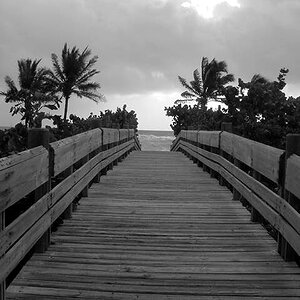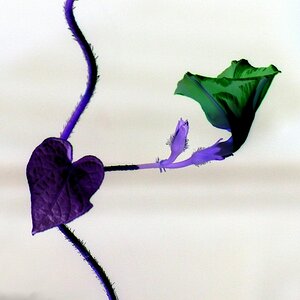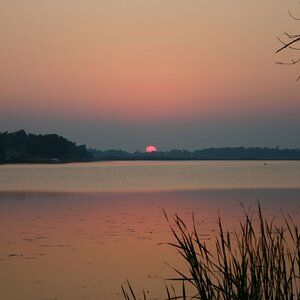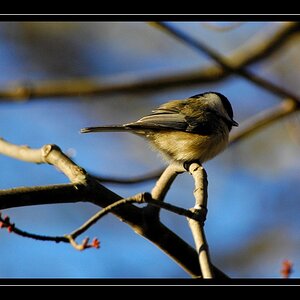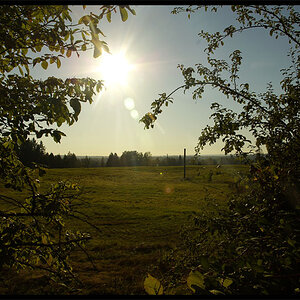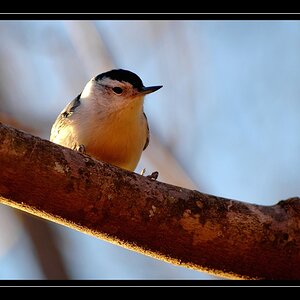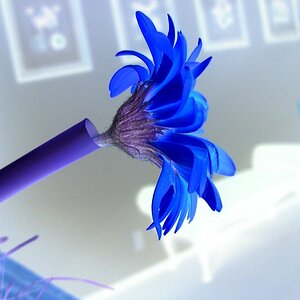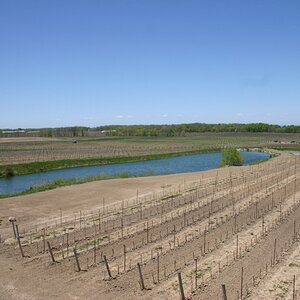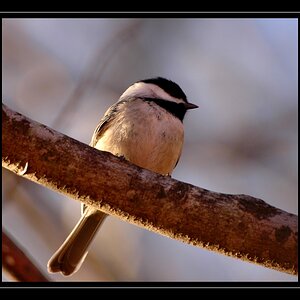Elly
TPF Noob!
- Joined
- Oct 12, 2009
- Messages
- 25
- Reaction score
- 0
- Location
- Foggia
- Can others edit my Photos
- Photos OK to edit
Derrell interesting point about FF.i hadnt thought that the extra dof compared to a crop sensor would have made much of a difference to popping the eyes.
btw for those that think im here to say one equipment is better and can do more than another you are wrong.i put up this thread because i have spent a lot of time looking at portraits with shallow dof and looking at the exif details.by a much larger percentage i have seen photos from nikon where the eyes looked perfect and i wanted to know if there was any logical reason to it.
btw for those that think im here to say one equipment is better and can do more than another you are wrong.i put up this thread because i have spent a lot of time looking at portraits with shallow dof and looking at the exif details.by a much larger percentage i have seen photos from nikon where the eyes looked perfect and i wanted to know if there was any logical reason to it.


